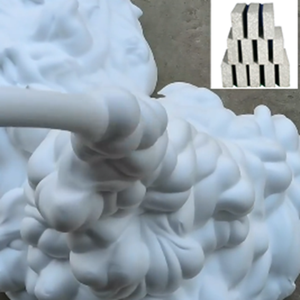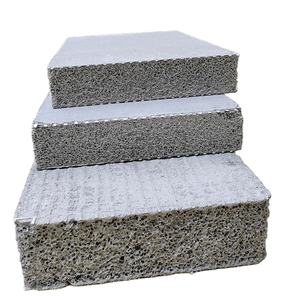Japan’s approach to earthquake evasion and survival is deeply rooted in its unique architectural and engineering practices, which incorporate a blend of traditional wisdom and cutting-edge technology. This strategy revolves around the concept of “earthquake-proof” construction, primarily through the use of concrete chemistry tailored to withstand seismic forces.
(Earthquake Evasion: Japan’s Concrete Chemistry for Survival)
One key element of this approach is the application of high-performance concrete (HPC). HPC is a type of concrete that has significantly higher strength and durability compared to regular concrete. Its properties allow it to resist deformation during earthquakes, thereby reducing the risk of collapse and injury. The use of fiber-reinforced concrete is also prevalent in Japan. These fibers increase the tensile strength of the concrete, making structures more resilient against cracking under stress.
Moreover, Japan’s building codes mandate the incorporation of “ductility” into structures. Ductile materials can bend or deform without breaking, thus absorbing energy from earthquakes and distributing it evenly throughout the structure. This reduces the likelihood of sudden failure and minimizes the potential for catastrophic damage.
Another critical aspect of Japan’s earthquake evasion strategy is the implementation of “soft foundations.” This involves designing buildings on flexible supports, such as rubber bearings or steel springs, which can move independently from the ground during an earthquake. This movement allows the structure to sway without collapsing, significantly reducing the impact of seismic forces.
Furthermore, Japan invests heavily in advanced monitoring systems and early warning technologies. These systems can detect the onset of an earthquake and provide residents with precious seconds or minutes to take protective actions, such as dropping, covering their heads, and holding on until the shaking subsides.
Lastly, Japan’s culture of disaster preparedness plays a significant role in survival during earthquakes. Regular drills and educational programs ensure that citizens are well-versed in emergency response procedures and know how to act quickly and safely when faced with seismic activity.
(Earthquake Evasion: Japan’s Concrete Chemistry for Survival)
In conclusion, Japan’s approach to earthquake evasion and survival is a comprehensive strategy that combines innovative concrete chemistry, stringent building codes, flexible structural design, advanced monitoring systems, and a culture of preparedness. This holistic approach has proven effective in mitigating the impacts of earthquakes and saving countless lives.
Inquiry us
if you want to want to know more, please feel free to contact us. (nanotrun@yahoo.com)

